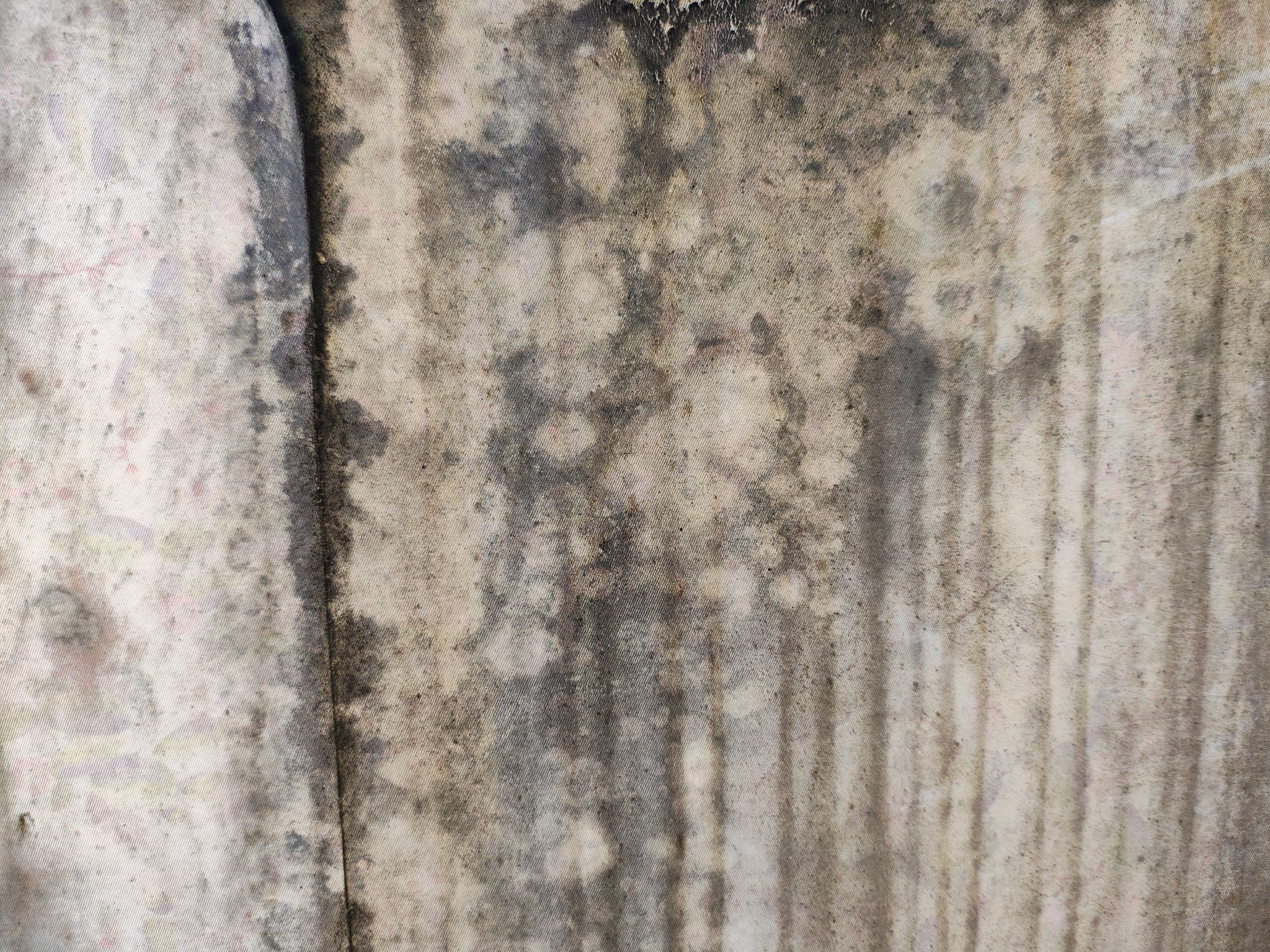Seasonal Changes and Their Impact on Audio Quality: Expert Insights
PP
Understanding Seasonal Changes and Audio Quality
As the seasons change, so do many factors in our environment. These changes can significantly impact audio quality, whether you are recording music, conducting a podcast, or simply enjoying your favorite tunes. Understanding these influences can help maintain the best possible sound quality throughout the year.
Fluctuating temperatures and humidity levels are among the primary environmental changes that affect audio quality. These factors can alter the physical properties of audio equipment and the spaces in which they are used.

The Role of Humidity
Humidity can have a profound impact on both analog and digital audio equipment. High humidity levels can lead to moisture accumulation, which may cause equipment to malfunction or deteriorate over time. This is particularly true for devices with intricate electronic components.
On the other hand, low humidity can cause materials like wood in acoustic instruments or speaker cabinets to dry out and crack, affecting their resonance and sound quality. It is essential to maintain a consistent humidity level in your recording environment to prevent these issues.

Temperature Fluctuations
Temperature changes can also influence audio quality. Cold temperatures may cause cables to become brittle, leading to potential breakage and connection issues. Meanwhile, high temperatures can expand materials and lead to warping or distortion in instruments and audio devices.
- Cold temperatures: Risk of cable brittleness and potential damage.
- High temperatures: Potential for material expansion and warping.
Maintaining a stable temperature in your audio setup area is crucial to ensure optimal performance of your equipment.

Acoustics and Seasonal Changes
Seasonal changes can also affect room acoustics. For example, as windows open during warmer months, outside noise levels may increase, interfering with recordings. Conversely, closed windows in colder months can improve sound isolation but may also alter room acoustics due to less airflow.
To mitigate these effects, consider using soundproofing materials or acoustic treatments that can adapt to seasonal changes. This will help maintain consistent sound quality regardless of the time of year.
Expert Tips for Managing Seasonal Impact
Here are some expert tips to help manage the seasonal impact on audio quality:
- Monitor environmental conditions: Use a hygrometer and thermometer to regularly check humidity and temperature levels.
- Use dehumidifiers or humidifiers: Adjust these devices as needed to maintain optimal humidity levels for your equipment.
- Regular equipment maintenance: Regularly inspect and clean your audio gear to prevent moisture build-up and other seasonal damages.
By being proactive about these changes, you can ensure that your audio setup remains consistent and reliable throughout the year.

Conclusion
Seasonal changes might be unavoidable, but their impact on audio quality doesn't have to be detrimental. By understanding how factors like humidity and temperature affect your audio environment and taking steps to mitigate these influences, you can maintain high-quality sound all year round.
Whether you're a professional audio engineer or a casual listener, being aware of these seasonal impacts ensures that you enjoy the best possible audio experience at any time of the year.